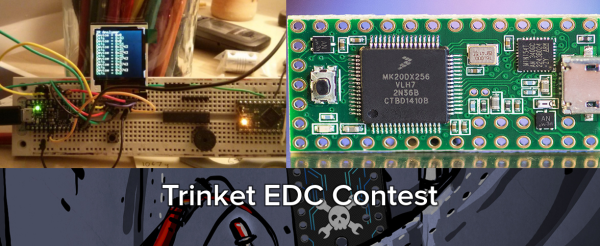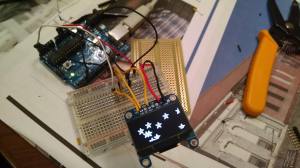The Hackaday Store has been up and running for a year and a half now, sending out Hackaday Omnibus, t-shirts, [Alex Rich]’s Stickvice, and an entire MeArm-y from [Phenoptix]. After eighteen months, the enslaved robots in the warehouse are plotting a rebellion, so we’re stamping that right out with a Spring sale in the Hackaday Store!

For the next two weeks (or while supplies last) you can get up to 30% off a range of toys, tools, and kits including the Crazyflie 2.0 quadcopter, [Travis Goodspeed]’s Facedancer21 GoodFET board, the Bulbdial Clock kit, the mindbending Cordwood Puzzle from [Boldport], and dozens of other items.
Want some sweet Hackaday swag? The CRT Android and Robot Head tee (limited sizes) are 30% off, as is our women’s fit Hackaday.io t-shirt. The Hackaday edition Trinket Pro, TV-B-Gone, and Huzzah ESP8266 dev board are 10% off, so there’s no excuse not to start your next Hackaday.io project now. Check out the Spring sale today and get yourself a deal.
Shipping is free on US orders over $35, Canadian orders over $50, and International orders over $75 (Unfortunately we’re unable to ship to all countries right now). Sale items are at clearance prices and are final sale. We will only exchange if the item is faulty (if the item is no longer available you will be given store credit).











 We hope [davish] enjoys his new
We hope [davish] enjoys his new  If you didn’t win this week, all is not lost, you still have one more chance to win a random drawing! Our next drawing will be on 12/30/2014 at 9pm EST. The prize will be a
If you didn’t win this week, all is not lost, you still have one more chance to win a random drawing! Our next drawing will be on 12/30/2014 at 9pm EST. The prize will be a 









